The Automotive Balance Shaft Market is currently characterized by a competitive landscape that is both dynamic and multifaceted. Key growth drivers include the increasing demand for fuel-efficient vehicles, advancements in engine technology, and a growing emphasis on reducing vibrations and noise in automotive applications. Major players such as Aisin Seiki Co., Ltd. (Japan), BorgWarner Inc. (US), and ZF Friedrichshafen AG (Germany) are strategically positioned to leverage these trends. Aisin Seiki Co., Ltd. focuses on innovation in balance shaft technology, aiming to enhance performance and efficiency. BorgWarner Inc. emphasizes partnerships and acquisitions to expand its product offerings, while ZF Friedrichshafen AG is heavily investing in digital transformation to optimize its manufacturing processes and supply chain management. Collectively, these strategies contribute to a competitive environment that is increasingly reliant on technological advancements and strategic collaborations.
In terms of business tactics, companies are localizing manufacturing to reduce costs and improve supply chain efficiency. This approach is particularly evident in regions with high automotive production, such as North America and Asia. The market structure appears moderately fragmented, with several key players holding significant market shares, yet numerous smaller firms also contributing to the competitive dynamics. The collective influence of these key players shapes market trends, as they often set benchmarks for innovation and operational excellence.
In August 2025, Aisin Seiki Co., Ltd. (Japan) announced a partnership with a leading electric vehicle manufacturer to develop advanced balance shaft systems tailored for electric drivetrains. This strategic move is likely to position Aisin as a frontrunner in the emerging electric vehicle segment, aligning with the industry's shift towards electrification and sustainability. The collaboration underscores Aisin's commitment to innovation and its adaptability to changing market demands.
In September 2025, BorgWarner Inc. (US) completed the acquisition of a technology firm specializing in lightweight materials for balance shafts. This acquisition is significant as it enhances BorgWarner's capabilities in producing more efficient and environmentally friendly components, thereby strengthening its competitive edge in the market. The integration of lightweight materials is expected to contribute to improved fuel efficiency and reduced emissions in vehicles, aligning with global sustainability goals.
In October 2025, ZF Friedrichshafen AG (Germany) launched a new line of balance shafts designed specifically for hybrid vehicles. This product introduction reflects ZF's strategic focus on meeting the growing demand for hybrid technology, which is becoming increasingly prevalent in the automotive industry. By expanding its product portfolio, ZF aims to capture a larger share of the hybrid vehicle market, which is anticipated to grow significantly in the coming years.
As of October 2025, current competitive trends in the Automotive Balance Shaft Market are heavily influenced by digitalization, sustainability, and the integration of artificial intelligence in manufacturing processes. Strategic alliances are becoming more common, as companies seek to enhance their technological capabilities and market reach. The competitive differentiation is likely to evolve from traditional price-based competition to a focus on innovation, advanced technology, and supply chain reliability. This shift indicates a future where companies that prioritize research and development, alongside sustainable practices, will likely emerge as leaders in the market.


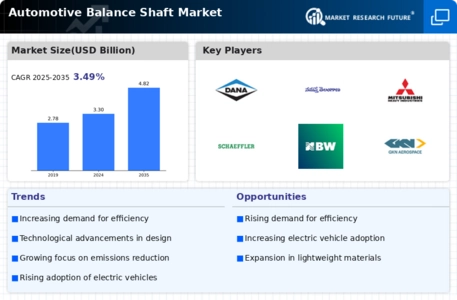
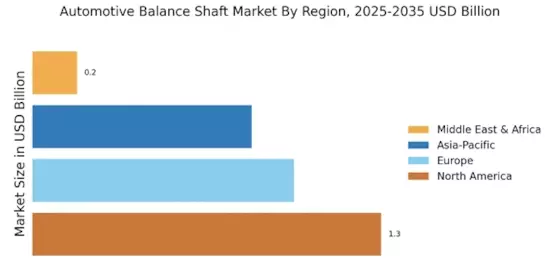


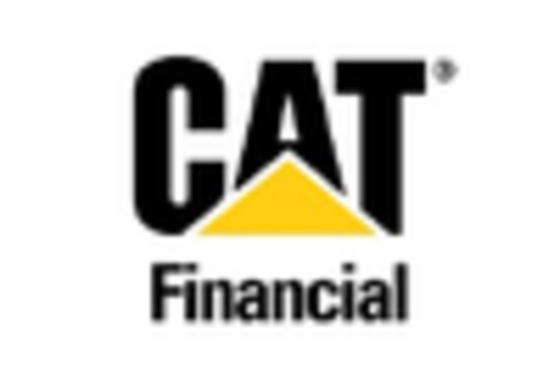

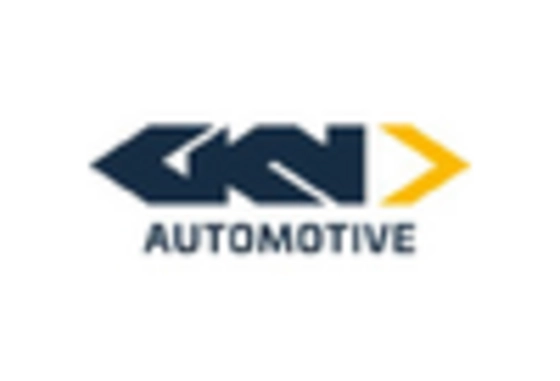
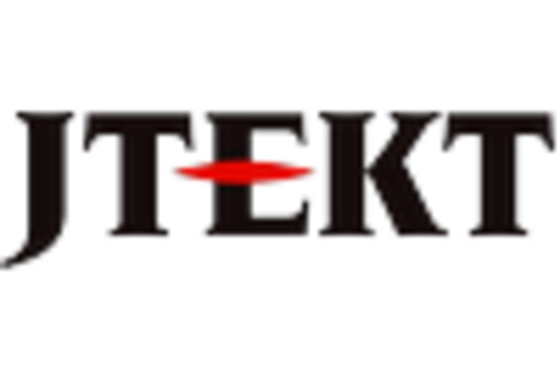








Leave a Comment